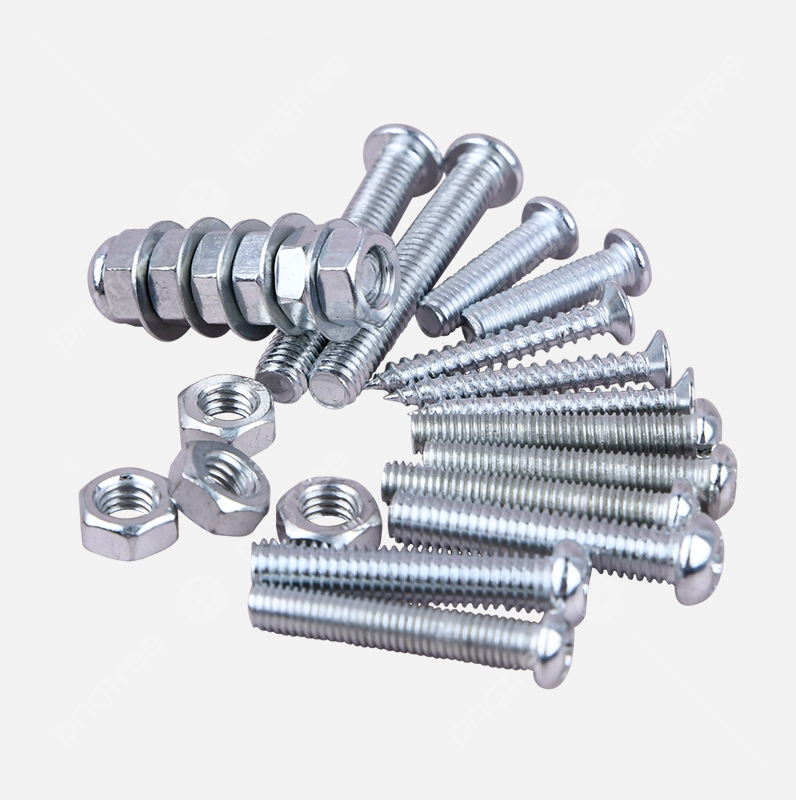Exploring Dual-Threaded Rods with Right and Left Hand Thread Configurations for Enhanced Applications
Understanding Double End Right and Left Hand Threaded Rods
Double end threaded rods are a pivotal component in various mechanical and construction applications. These rods are characterized by having both ends threaded, with one end featuring a right-hand thread and the other end a left-hand thread. This unique configuration allows for the use of a variety of fastening techniques and is essential in situations where tension or compression forces need to be evenly distributed.
What are Right and Left Hand Threads?
Before delving into the specifics of double end threaded rods, it is important to understand the difference between right-hand and left-hand threads. Right-hand threads follow the conventional pattern—when viewed from the end, they tighten when turned clockwise and loosen when turned counterclockwise. Conversely, left-hand threads operate in the opposite manner, tightening with a counterclockwise twist and loosening with a clockwise twist. This distinction is crucial in applications where opposing forces are at play, as it minimizes the risk of unintentional loosening under pressure or vibrations.
Applications of Double End Threaded Rods
Double end threaded rods are widely used in diverse industries including construction, manufacturing, and automotive sectors. One prominent application is in tensioning systems, such as those used in truss structures, where they help keep components securely in place and can accommodate adjustments based on varying load conditions.
In the automotive industry, these rods are often utilized in suspension systems and connections where both stability and flexibility are required. By using a double end threaded rod, mechanics can simplify the assembly process, allowing for easier adjustment and maintenance.
double end right and left hand threaded rods

Moreover, these rods also make appearances in home improvement projects, serving as tie rods in furniture and as part of shelving units where strength and reliability are paramount. Contractors frequently choose double end threaded rods when creating custom assemblies due to their adaptability and the security they provide.
Benefits of Using Double End Threaded Rods
One of the primary benefits of double end threaded rods is their ability to provide equal torque from both sides, an essential feature for ensuring that connections maintain integrity over time. This is especially important in high-stress environments where even slight shifts can lead to failure in the structure.
Another advantage is the ease of installation and removal. When using a double end threaded rod, it can be adjusted from either side, allowing for more flexible installation methods. This feature can be invaluable when working in confined or hard-to-reach spaces where turning a conventional nut or bolt would be challenging.
Additionally, double end threaded rods are often made from durable materials such as stainless steel or carbon steel, which helps in resisting corrosion and wear over time, ensuring a longer lifespan in various environmental conditions.
Conclusion
Double end right and left hand threaded rods constitute a vital component in modern engineering and construction practices. Their unique threading allows for diverse applications and offers numerous benefits, including improved stability, ease of use, and long-term reliability. As industries continue to innovate and evolve, the demand for such specialized components will likely grow, further solidifying their place in the mechanical and construction landscape. Understanding their function and applications can assist engineers, builders, and DIY enthusiasts alike in selecting the right materials for their projects, leading to durable and effective engineering solutions.
-
Weatherproof Plastic Expansion Anchors for OutdoorВестиJun.06,2025
-
Sustainability in the Supply Chain: Eco-Friendly TEK Screws ProductionВестиJun.06,2025
-
Load-Bearing Capacity of External Insulation FixingsВестиJun.06,2025
-
Double Head Bolts: Enhancing Efficiency in Industrial MachineryВестиJun.06,2025
-
Corrosion Resistance in Chipboard Screws: Coatings for Wholesale DurabilityВестиJun.06,2025
-
Butterfly Toggle Bolts : Enhancing Structural ResilienceВестиJun.06,2025
